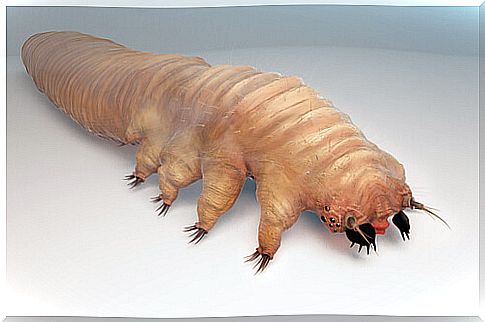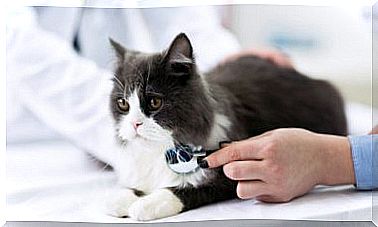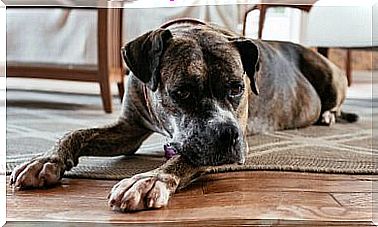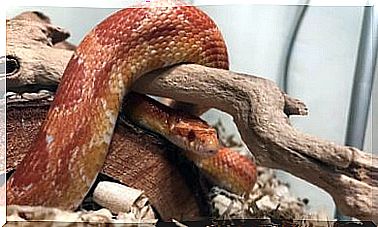Canine Folliculitis: Diagnosis And Treatment

Canine folliculitis is an inflammatory disease that affects the hair follicles. Typically, it is intensely itchy that can make your dog’s life miserable. This disorder can stem from a variety of causes; therefore, symptoms and treatments may vary.
You should keep in mind that, although canine folliculitis is a fairly common skin condition, it is not always easy to get rid of it without the professional assistance of your veterinarian.
Canine folliculitis symptoms
Folliculitis manifests with a variety of skin lesions, from bumps, pustules, and scaly skin to alopecia. This condition results from infection of the hair follicle. Typically, these infections are caused by bacteria or fungi that invade the hair follicle. It can also be caused by external parasites such as mites or, in more severe cases, a compromised immune system.
The symptoms of canine folliculitis, generally, are focused on specific areas of the body, mainly in the armpits, abdominal region or groin. In general, the dog will be very itchy, and in some cases, you may notice hair loss.

1. Bacterial infections as a cause of canine folliculitis
In most cases, bacterial infection is the most common cause associated with this condition. In fact, folliculitis is actually a secondary symptom resulting from bacterial pyoderma or bacterial skin infection.
In the case of pre-existing skin conditions, such as scabies or seborrhea, bacterial staph infections can also appear.
Resistance to antibiotic treatment
It is important to keep in mind the antibiotic resistance of staphylococci. Unfortunately, susceptibility has changed and multi-resistant staphylococci are increasingly common as causative agents of canine folliculitis.
This reality complicates the selection of antimicrobial therapy: amikacin, rifampin, and chloramphenicol are becoming the drugs of choice, as indicated by bacterial culture and susceptibility testing.
Additionally, topical treatment of the lesions is used. Thus, treatment with dilute sodium hypochlorite solution is used as a complement. Chlorhexidine, benzoyl peroxide, ethyl lactate, triclosan, or a mixture of boric acid or acetic acid are also used.
2. Dermatophyte infection as a cause of fungal canine folliculitis
Dermatophytes are fungi that feed on the keratin of the skin and cause dermatophytosis or ringworm. This is another of the most common forms of hair follicle infections.
Symptoms of ringworm in dogs are marked by a build-up of superficial skin cells (scales), lesions, red and inflamed skin (erythema), dark skin at the site of infection (hyperpigmentation), itching, hair loss which can form circular or irregular lesions and poor fur.
Treatment of dermatophytosis
Several ‘azoles’ are available in formulations for topical treatment. These include cream, shampoo, and conditioner. Chlorhexidine is not effective in treating dermatophytosis.

3. Demodectic mange as a cause of canine folliculitis
Infection with the Demodex canis mite can lead to folliculitis. It is a common infection in puppies who have an immature immune system and, as a result, cannot fight mites.
In some rare cases adult dogs can develop mange folliculitis; however, it is generally indicative of an underlying problem with your immune system or general health.
Treatment of scabies
The first treatment option is usually ivermectin, but there are certainly cases where this is not a suitable or acceptable therapy option.
The use of complementary therapies with products such as rotenone or benzoyl peroxide gel can be applied topically until the skin scrapes are negative. Ethyl lactate shampoo is an added measure for the scabies patient.









